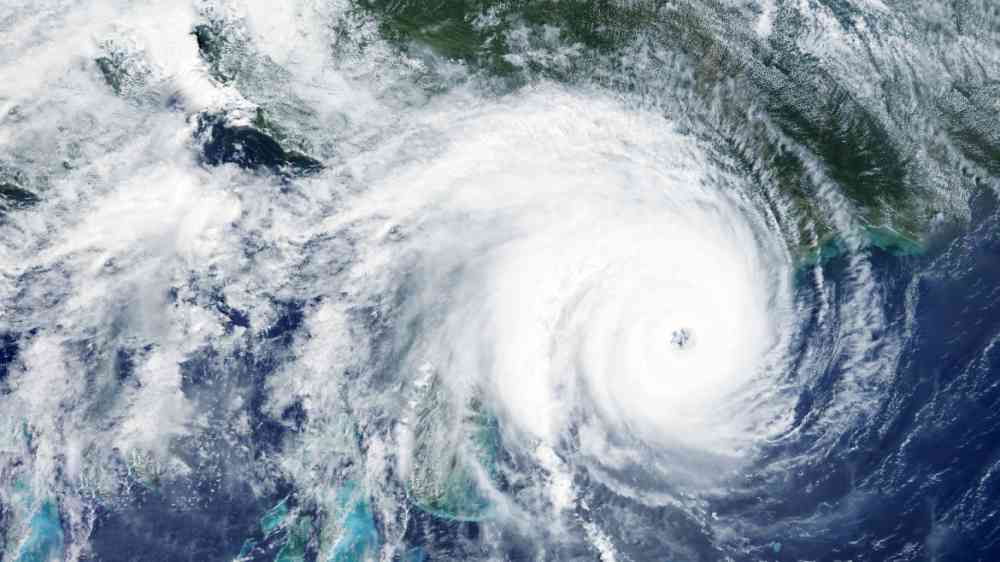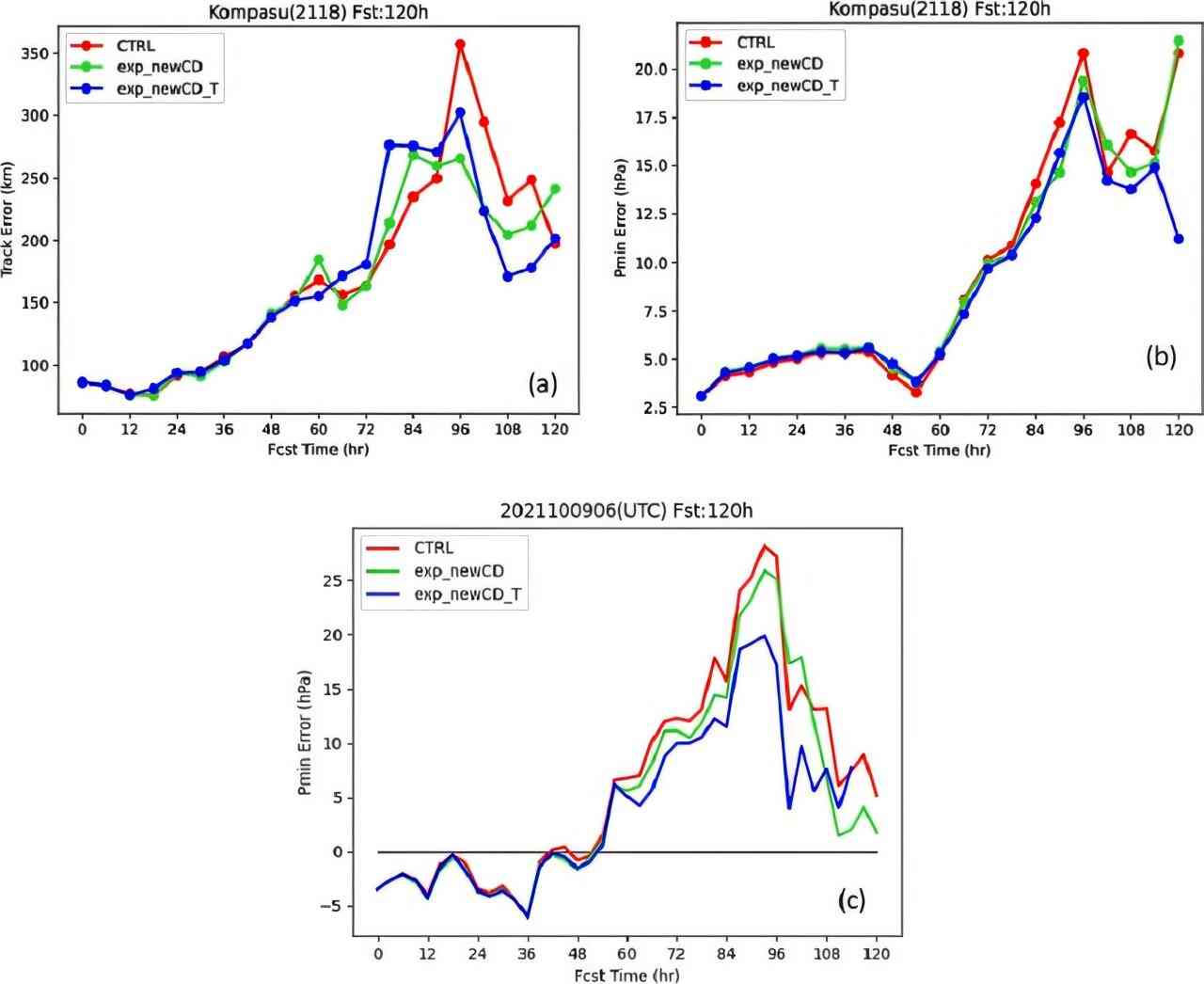New parameterization schemes enhance the prediction accuracy of typhoon intensity

To reduce the loss of human lives and damage to property caused by typhoon disasters, it is crucial to continuously improve numerical models and enhance their capacity to forecast typhoon tracks and intensities. Numerical models serve as important tools in typhoon numerical simulations and operational forecasts. Since 1990, the accuracy of typhoon track forecasts using numerical models has gradually improved. However, improvement in intensity forecasts has been slow.
Dr. Xiaowei Tan from the China Meteorological Administration (CMA) Earth System Modeling and Prediction Centre, China, and her colleagues have published a paper titled "Typhoon Kompasu (2118) simulation with planetary boundary layer and cloud physics parameterization improvements" in Atmospheric and Oceanic Science Letters.
Their study introduces a new parameterization scheme for friction velocity at the ocean surface and a two-moment cloud microphysics parameterization scheme into the CMA-TYM operational model, replacing the original schemes.
The statistical results show both parameterization schemes improve the predictions of Typhoon Kompasu's track and intensity. The possible reasons for the impacts are further discussed. Additional analysis reveals that these two schemes affect the timing and magnitude of extreme tropical cyclone intensity values by influencing the evolution of the tropical cyclone's warm-core structure.
Moreover, this study also suggests a novel approach for evaluating tropical cyclone forecasting capabilities by incorporating the error in the timing of peak intensity into model verification. This comprehensive evaluation method could provide valuable insights, aiding in the further refinement of numerical models and ultimately enhancing our ability to predict and respond to typhoons more effectively.
